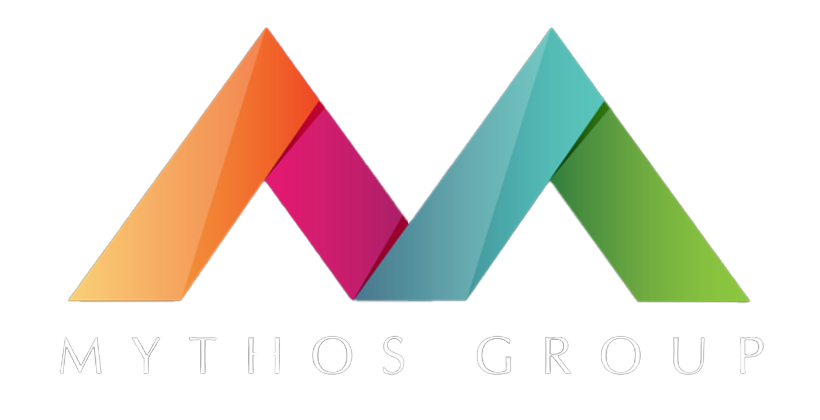Productivity Levels Are Dropping Even With Emerging Tech. Here’s Why That’s OK.
Emerging technologies are being churned out like rapidfire, bringing with them an idealistic expectation of increased efficiency for businesses of all kinds. While new technologies have historically led to greater productivity, 2023 data shows the opposite is happening today.
Productivity in the business sector dropped by over 2% in the first quarter of 2023, despite emerging technologies like artificial intelligence (AI) being able to automate time-consuming tasks like:
- Personalized customer support
- Data entry
- Inventory management
- Invoicing
- Order fulfillment processes
- Product testing
- Creating first drafts of marketing materials and software code
With technology paving the way for employees to spend less time on mundane tasks and increased time on more fulfilling matters, the fall of productivity is perplexing on the surface. This article takes a closer look at why productivity rates may be decreasing, the problems associated with productivity tracking, and other ways businesses can more accurately measure their performance.
Why Are Productivity Levels Dropping?
There are a lot of theories as to why productivity levels aren’t making the same leaps we’d normally see with new technology. While many experts have jumped in with varying opinions, common themes we’ve seen within these theories include the following:
- Companies either aren’t willing to invest in new technologies focused on improving efficiency or they lack the human or capital resources to do so. For example, according to the U.S. Census Bureau, only 3.8% of U.S. businesses are embracing AI to aid in producing goods or services.
- Machines are becoming capable of replacing workers rather than improving their performance, which can force employees into lower-paying roles where motivation is lacking. About 37% of business leaders say AI replaced workers in 2023.
- Technology is being applied to improve processes we’re already good at, so non-dramatic changes in efficiency aren’t contributing to overall growth.
This isn’t the first time productivity levels have had a problem in consistency, and it likely won’t be the last. This leads some experts to believe that we may never truly know exactly why global productivity rises and falls.
Downsides To Productivity Tracking
One theory about productivity that has been growing in popularity is the idea that we’re simply using the wrong metrics to track it. Here are a few reasons why productivity tracking may not be a good measure of today’s business outcomes.
It’s An Antiquated Model
Current productivity metrics have been in place for over a century, as they were first developed during the Industrial Revolution. Because the era prioritized mass production and new automation methods, relying on metrics like hours worked, goods produced, time spent on tasks, and revenue generated per employee made sense.
The workplace has clearly evolved since then due to the use of interconnected technologies to support human decision-making, yet we’re still using many of the same metrics. This could be causing business leaders to miss the bigger picture.
A great example of a company that has shifted to a modern way of measuring employee contributions is Twilio. Instead of focusing on projects with a specific end date, the company is broken down into small teams that use a product mindset to create a sense of ownership. Each of these teams owns a customer experience from end to end, shifting employees’ mindsets to focus on quality over output.
There’s A Lot It Doesn’t Account For
For metrics to accurately measure business outcomes, they need to remain consistent across an organization. However, organizations are increasingly relying on gig workers and outside contractors to contribute to organizational goals. These freelancers are often excluded from standard productivity metrics, which can skew the measured results.
Four in five leaders say the success of their organization is dependent on external workers, yet less than half say they don’t have measurements in place to understand the value of their contingent workforce. For companies like DoorDash, Lyft, TaskRabbit, and others that rely on gig workers to operate, it’s difficult to have standard measurements aside from time worked and customer reviews.
It Can Negatively Impact Your Workforce & Culture
Productivity tracking became a bigger deal when the world shifted to remote and hybrid work during the COVID-19 pandemic. Nearly 80% of organizations are now using productivity tracking software to measure things like when employees log on and off, time spent idle, keystrokes, and more.
However, research shows this can actually cause employees to further deviate from expectations because of the lack of trust and agency they feel like they have within the organization. This can increase performative work, where employees create the appearance to make it look like they’re working but aren’t actively contributing to meaningful business results.
Alternative Measures For Business Outcomes
If productivity isn’t the best metric to follow to measure the impact of human effort in today’s business world, then what is? Many leaders are vying for a shift from measuring outputs to outcomes. This means measuring the value and quality being generated in business outcomes rather than the amount of outputs being produced.
There are two types of organizational outcomes that, when combined, can help you capture a well-rounded view of your business:
- Business outcomes
- Human outcomes
Business outcome measurements may include quality metrics like customer retention rates, quality ratings, defect rates, and time between defects. These exist to help organizations measure and improve their overall performance or value. These measurements enable businesses to adjust their strategies, improve processes, and reduce costs by producing higher-quality goods and services.
Meanwhile, for human outcomes, you should set metrics to measure the health of your workforce emotionally, physically, financially, and professionally. These metrics may include employee satisfaction rates, retention rates, absenteeism, and internal promotion rates. When workforce well-being is tracked and improved, it can directly benefit companies by reducing sick days used and leading to higher performance by employees.
Start Accurately Measuring Your Business Outcomes Today
Regardless of how you choose to measure your business, it’s imperative not to narrow your focus on a metric that may not be truly representative of the breadth of your organization. If your internal productivity falls, it’s not a time to panic – it may just be time to change focuses.
Mythos Group has deep expertise in creating purpose-driven and culture-based organizational designs that seamlessly combine with business objectives to help you meet your goals. Contact us today!







